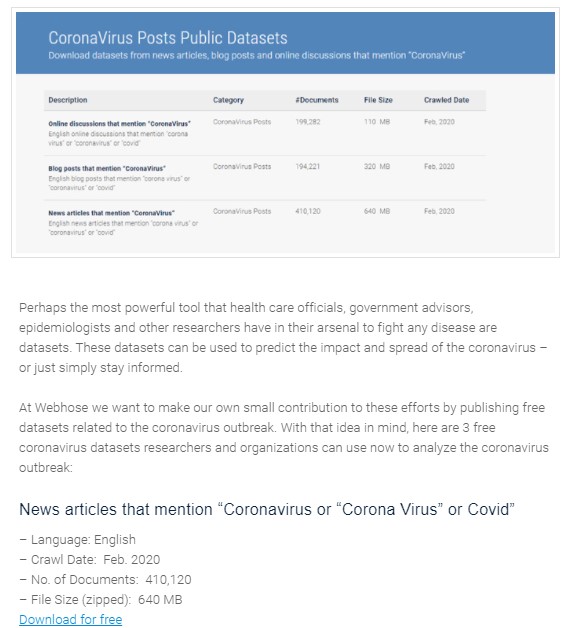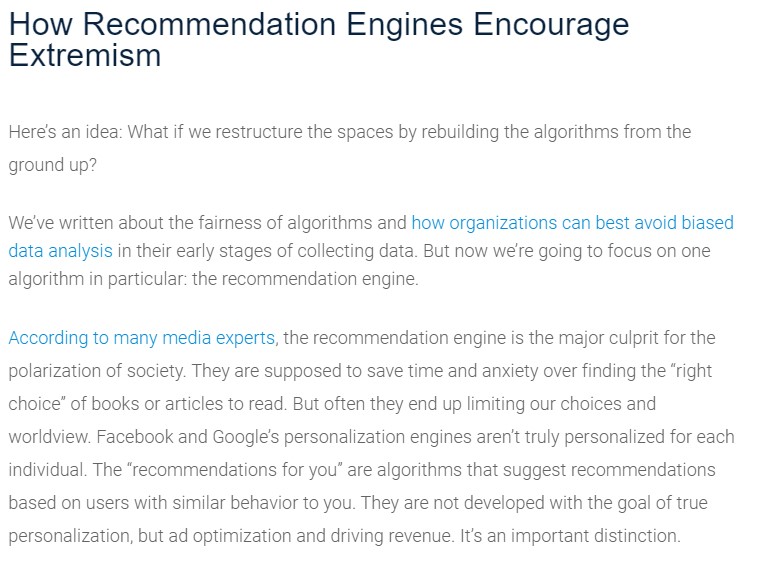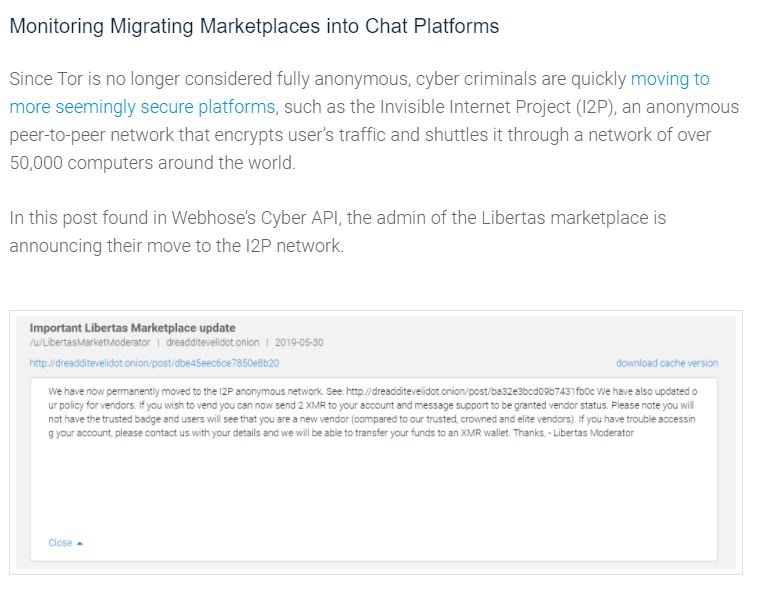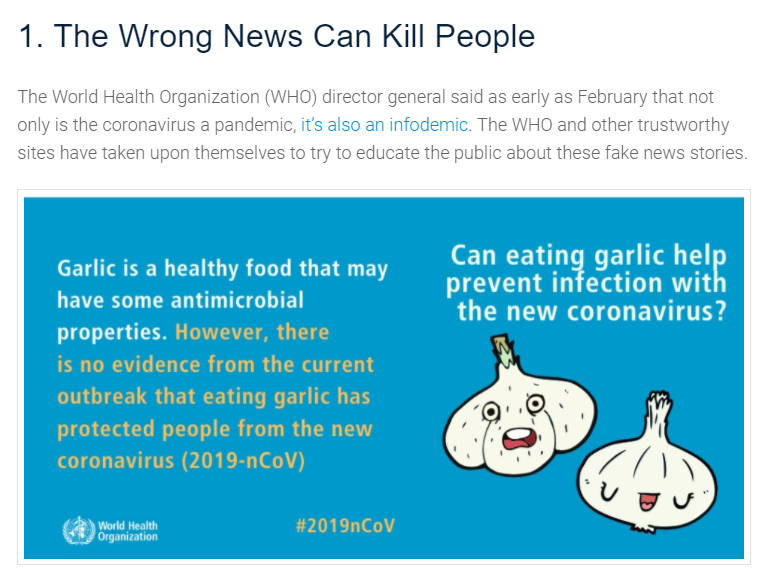
I spoke a few years ago with a marketing consultant who told me that when she makes marketing plans for her clients, she rarely includes the content for a B2B blog—because it’s too much work.
That’s a shame, because that work is where real opportunity lies.
The main goal of your organization’s B2B blog should be to develop a long-term relationship with your audience. In other words, you want to make them a group of believers.
Generally, the more detailed a blog post is, and the more examples it has, the more believable your content is. Readers will see your thoroughness, and even if they don’t read the entire post they’ll be impressed by your expertise.
That’s the first step to building an audience that believes in you, and it’s why I’m not a fan of posts shorter than 1,000 words: I don’t think they can cover a subject sufficiently enough to establish yourself as an expert.
This article contains five tactics that will help to build your B2B blog into one with a faithful audience.
1. Tell a story of personal transformation
People love stories. Good storytelling makes your audience empathize with the protagonist, often to the extent that they start to feel the same emotions and want to act the same way. That’s a great basis for building a faithful audience.
The hero’s journey is probably the most prominent storyline in screenwriting and literature (think the Bible or Star Wars).
But that doesn’t mean your content post has to include all 12 stages of Joseph Campbell’s hero journey. B2B marketing company Velocity Partners suggests a simpler plot line: one of transformation. But I think you can make it even simpler: Tell a story of failure or setback that was overcome.
Most CEOs don’t want to tell stories about how they failed, which is unfortunate, because it’s one of the easiest ways to connect with your audience: Everyone has setbacks and failures, and we all want to overcome them.
Here’s an example from a CEO who thought things would be simple, but they weren’t:
2. Share data that no one else has
Another way to make your audience believe in you is to back up your ideas with your own data.
Here are a few of ways to do this:
- Share customer data.
- Share data from a survey of your customers.
- Share data from your product or service that you can get from your data team.
You may need to anonymize the data, but numbers should tell the story even without the names of your customers.
In the below case, a client of mine has Web datasets specific to it about uses of the word “coronavirus” in various documents. The company gives away these datasets, which are derived from news sites, blogs, discussion forums, and reviews on the Web.
3. Tie in your product to a larger, relevant theme
Many marketers like to publish articles relevant to a specific news item, with the goal of riding the tail of traffic related to those keyword searches. The tactic is called “newsjacking.” In my experience, however, newsjacking requires agility that many marketing departments simply don’t have.
I suggest going with a larger theme, instead, and tying that in with your product or service—provided, of course, that the theme is a good fit. That’s what Kevin Wheelan calls the “Tie-In” content marketing strategy.
For example, here is an example of tie-in content that integrates social media platforms’ controversial algorithms—specifically the recommendation engine—and Web data. After all, algorithms are fueled by Web data, and you can remodel recommendations engines with new datasets from the Web.
The post even covers a few examples of research on how to make recommendation engines less biased and able to provide a more truly personalized (and less ad-favoring) experience.
4. Include several real examples
There’s a saying in journalism: Show, don’t tell. Or, as the famous playwright Anton Chekov said, “Don’t tell me the moon is shining. Show me the glint of light on broken glass.”
Apply that principle to your B2B blog: If your product is robust, give examples that show how it is robust. If your product is more accurate than its competitors, provide a detailed customer case study with numbers, even if you can’t mention the customer’s name. If your product can be used in multiple verticals, state the actual use cases.
Go into as much detail as necessary to make it believable. I’d say three examples are believable.
The following blog post by a datafeed provider takes several examples of Dark Web marketplaces and details exactly how its service was able to identify those sites’ disappearance and reappearance via the Dark Web data it had in its repository.
5. Combine as many of the previous four tactics as possible
In the following post, three main examples (Tactic 4: Examples) explain how customers need to make sure they have access to continuous, high-quality, and relevant Web data during the COVID-19 crisis (Tactic 3: Tie-In).
B2B blog posts aren’t quick wins. They require cross-departmental planning, cooperation, and time for rewrites and editing by multiple people in your organization. So why should you invest the time and effort? Because in an online world where so much content is being produced, your organization is going to have to work that much harder to capture your audience’s attention.
If you can create compelling content that cannot be easily duplicated and demonstrates your experience, you will position yourself as an expert in your industry, build authority, and earn your audience’s trust.
In other words, you’ll turn them into believers.
This post originally appeared in MarketingProfs on December 9, 2020.






